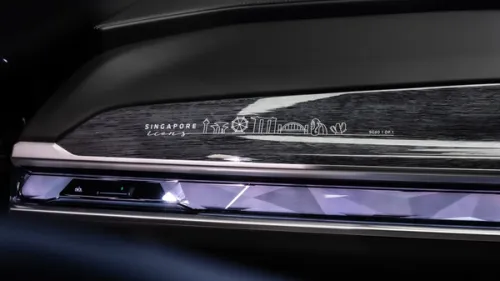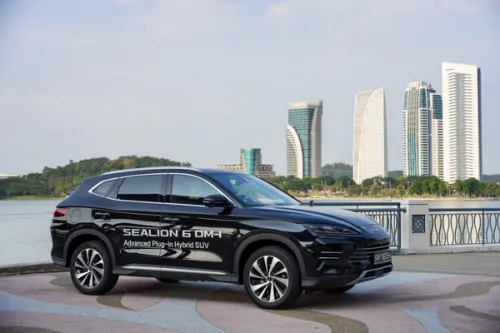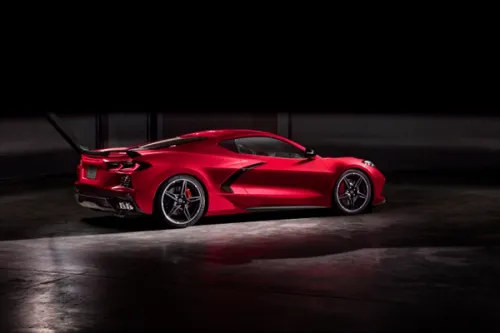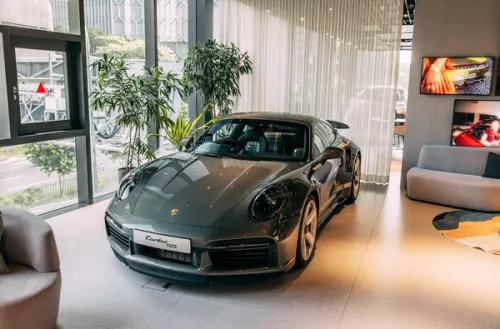Volvo Cars celebrates 25th anniversary of the integrated booster cushion
Volvo Cars is celebrating the 25th anniversary of the introduction of the first ever integrated booster cushion in conjunction with the United Nations Global Road Safety Week (May 4-10). Back in 1978 Volvo Cars developed the very first cushion for children in cars. In 1990 the Swedish car maker took child safety to a new dimension with the development of the first integrated booster cushion.


The first integrated booster cushion was actually a redesigned centre armrest that was developed to safely elevate the seating position of the child so that the existing central 3-point safety belt could be used to best effect. This removed the need for accessory child restraints for older children and also increased their comfort. The clear benefit of the integrated design also means that the cushion is always available and the potential for misuse is minimized. Few car makers offer integrated booster cushions for children to this day.
Volvo Cars achieved yet another world first in child safety when they added the integrated two-stage booster cushion in 2007, enabling adjustment between two settings for the safest and most comfortable seating position for children of varying height. Apart from the obvious benefit of increased safety and comfort, the integrated cushion also provides a better seating position for the child, allowing them to look out the windows. This has the effect of making children less prone to boredom and agitation, which can also negatively affect the driver’s experience and concentration abilities. In the lower of the two positions the seat is suitable for larger children.
“The introduction of the first integrated booster cushion for improved child safety in 1990 was a huge step forward for child safety. One of the key benefits of integrated booster cushions is that it is developed as a part of the seat and the safety belt is in more direct contact with the child’s body, removing the possibility of ‘slack’ in the belt that could be associated with accessory booster cushions/seats or child seats,” said Lotta Jakobsson, Senior Technical Leader at Volvo Cars Safety Centre.
Since 2008 Volvo Cars has communicated the vision that by 2020 no one should be seriously injured or killed while driving a new Volvo car. The longer term goal is to design cars that will not crash.
Credits: Oneshift News Team


Get the Best Price for your used car
from 500+ dealers in 24 hours

- Convenient and Hassle-Free
- Consumer Protection
Transparent Process
With No Obligation








